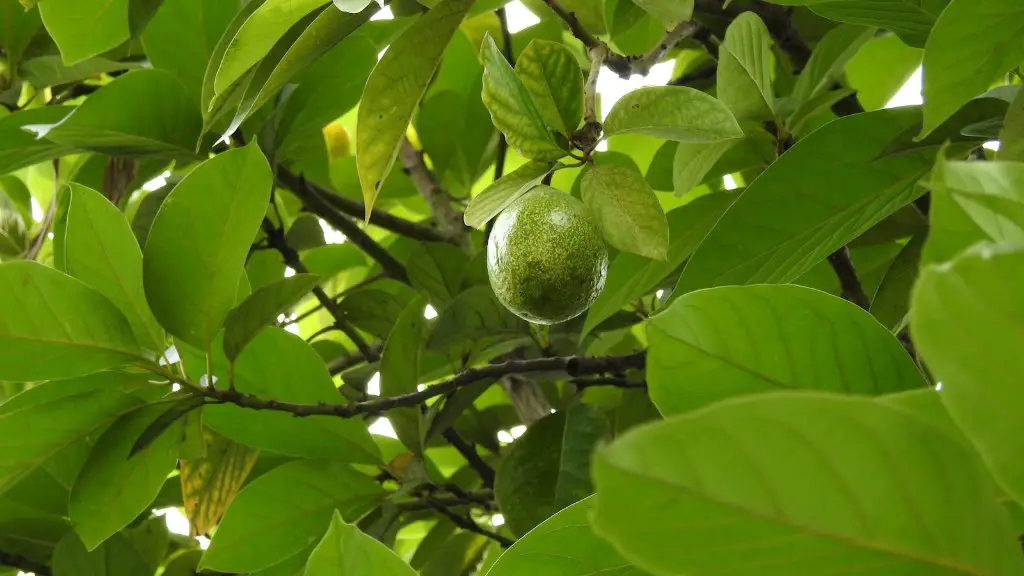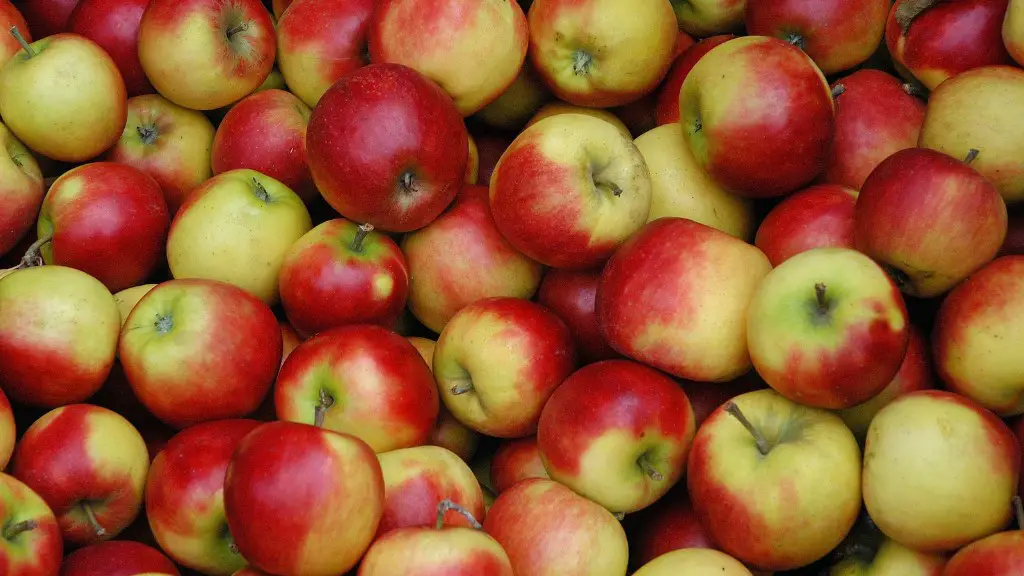Palm trees are beloved houseplants because of their elegant fronds and reputation for being easy to care for. However, there are a few things to keep in mind when caring for a palm tree houseplant to make sure it stays healthy and thrives. Here are some tips on how to care for a palm tree houseplant.
First, choose a spot for your palm that has bright, indirect sunlight and good drainage. Water your palm tree regularly, giving it enough water so that the soil is moist but not soggy. Fertilize your palm tree monthly during the growing season with a balanced fertilizer. Palms are relatively low-maintenance plants, but they may need occasional pruning to remove dead leaves.
How do you care for an indoor potted palm tree?
Most palms will do well indoors if you can provide them with bright, indirect light and keep the soil in their containers moist most of the time. Ensure there is some humidity in the air, and keep the palm away from cold drafts and blasts of dry, conditioned air.
A new indoor Palm Tree should be watered every day in its first week. Next, move to every other day in its second week. Then settle for 3 times a week on the third. Once your indoor Palm Tree is completely settled, water it 2-3 times per week, or when the top 1-2 inches of the soil is completely dry.
Should I cut off brown palm leaves indoor
Pruning indoor palm plants is a good way to keep them looking nice and to maintain their shape. Pruning off any old yellow, brown or spotted leaves on a regular basis is a good habit to get into, and will keep your palm plant looking its best.
Most palms like to grow in evenly moist soil and in bright, indirect light. A west- or south-facing window is a great choice for growing palms indoors. Just make sure that the sunbeam will not directly hit the plants.
Should I mist my indoor palm plant?
When the weather is dry and hot, it is important to mist spray the foliage of your palm several times a day. This will keep it cool and also help deter pests. However, during the spring and summer when your palm is growing, you should water it more often. Then, in autumn and winter, you can water it less.
To keep your palm plant healthy, it is important to maintain a delicate balance of moisture and humidity. Mist the leaves regularly or place the plant in a room with a humidifier to keep the soil moist. However, be careful not to overwater the plant as it is susceptible to root rot, which is indicated by yellowing leaves.
Why does my indoor palm have brown tips?
As a palm tree leaf reaches the end of its natural life, it turns brown–beginning at the tip and continuing until the leaf completely browns and drops off. If only one or two leaves are browning and new foliage continues to grow in, the brown tips are natural and not a cause for concern.
A new palm should be watered everyday on its first week, switch to every other day the following and then settle for 3 times a week on the third week. Then water as normal for established plants. For more established palms, watering should be done only 2-3 times per week, and this is only in the absence of rainfall.
How do I know if my palm tree needs water
One of the most important things you can do to ensure the health of your plants is to keep an eye out for signs of water stress. These include slow growth and browning on the tips of the oldest leaves. In some species, you can tell the plant is suffering from water stress when leaflets wilt or fold at about the midrib. The trunk can also hollow out or collapse. If you notice any of these symptoms, be sure to water your plants immediately.
Overwatering your palm tree can lead to a number of problems, including drooping leaves, black spots on leaves and stems, and mold on the surface of the soil. Yellowing leaves can also be a sign that your palm tree is getting too much water. If you see any of these signs, you should cut back on watering and make sure that your palm tree has good drainage.
Is Epsom salt good for palm trees?
Epsom salt is a good supplement for magnesium deficiency in palm trees. To use, sprinkle 2-3 pounds under the tree’s canopy and water.
If you see a palm frond that is completely brown, it is likely dead and will not turn green again. This is a natural process for palms, as they will shed dead fronds as new ones grow. patiently wait for the palm to renew its crown to get rid of the damaged fronds.
When should I repot my indoor palm tree
Palms are best when their roots are confined and may only need repotting every two to three years. If roots fill the pot, repot when needed in spring or early summer. Man palms have fragile root systems and can be easily damaged, so care should be taken when re-potting the plant.
If you want to grow King, Shaving Brush, or Royal palms, you need very large pots that can hold the weight of the soil and the plant. Also, these species don’t do well indoors, so if you’re growing them in containers, make sure they’re placed where they’ll get enough sunlight and won’t be disturbed.
Do indoor palm trees purify the air?
If you’re looking to improve the air quality in your home, you might want to consider getting a palm tree. Palm trees are very effective at filtering out large amounts of formaldehyde and other common pollutants. The two best types of palm trees for air purification are the pygmy date palm and bamboo palm.
When growing palm trees, it is important to remember that they like a damp dirt/sand mix that drains well. Too much water can promote root rot, so it is important to avoid having water stand near the roots for too long. One way to avoid this is to get a soil wetness meter to check for soil dampness.
Final Words
The best way to care for a palm tree houseplant is to give it plenty of sunlight and water. Palms are tropical plants, so they thrive in warm, humid environments. If you live in a particularly dry or cold climate, you may need to mist your palm tree regularly to keep it healthy. In addition, be sure to fertilize your palm tree every few months to keep it growing strong. With a little care, your palm tree will be a beautiful and healthy addition to your home.
Providing the right care for your palm tree houseplant will ensure that it remains healthy and grows to its full potential. Palms are generally quite low-maintenance, but there are a few key things to keep in mind. First, make sure to give your palm tree plenty of bright, indirect light. These plants thrive in sunny spots, so a south- or west-facing window is ideal. Second, be sure to water your palm tree regularly, giving it a thorough watering about once a week. Allow the soil to dry out somewhat in between waterings. Lastly, fertilize your palm tree every month or so to give it the nutrients it needs to grow. With a little TLC, your palm tree houseplant will thrive for years to come.





